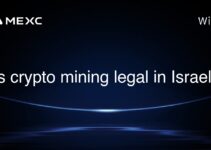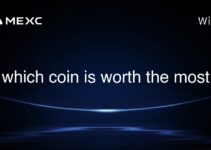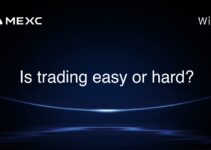Ethereum and ERC20 are not the same, though they are closely related within the blockchain ecosystem. Ethereum is a decentralized, open-source blockchain system that facilitates smart contracts and decentralized applications (dApps). On the other hand, ERC20 is a standard protocol or set of rules that defines a specific type of token on the Ethereum blockchain. ERC20 tokens are digital assets that can represent a variety of things from utility to governance rights within specific applications built on Ethereum.
Importance to Investors, Traders, and Users
Understanding the distinction between Ethereum and ERC20 is crucial for investors, traders, and blockchain users. This knowledge helps in making informed decisions regarding investments in various digital assets and in using or developing dApps on the Ethereum platform. For investors and traders, recognizing the difference aids in portfolio diversification, risk assessment, and strategy development. Users and developers benefit by better understanding the functionalities and limitations of the Ethereum network and the applications running on it.
Real-World Examples and Practical Applications
Updated Insights for 2025
As of 2025, Ethereum has undergone significant upgrades, notably the transition to Ethereum 2.0, which improved scalability, security, and sustainability of the network. This evolution has expanded the potential and utility of ERC20 tokens. For instance, ERC20 tokens are now more efficiently used in sectors like finance for creating stablecoins, in gaming for in-game assets, and in the art world for non-fungible tokens (NFTs).
Practical Applications
ERC20 tokens serve various functions across different industries:
- Finance: Tokens like USDC and DAI are used as stablecoins tied to the USD, providing a stable medium of exchange and store of value in the cryptocurrency markets.
- Gaming: Platforms such as Axie Infinity utilize ERC20 tokens for governance and transactional purposes within their ecosystems.
- Decentralized Finance (DeFi): ERC20 tokens are integral to various DeFi applications, facilitating activities such as lending, borrowing, and yield farming.
These applications underscore the versatility and utility of ERC20 tokens, enhancing the Ethereum ecosystem’s value.
Data and Statistics
As of the latest data in 2025, there are over 400,000 ERC20 token contracts on the Ethereum blockchain. The total market capitalization of the top 20 ERC20 tokens exceeds $300 billion, reflecting their significant impact on the crypto market and broader financial landscape. This substantial figure highlights the critical role that ERC20 tokens play as a component of the digital asset world.
Conclusion and Key Takeaways
Ethereum and ERC20, while interconnected, serve distinct roles within the blockchain domain. Ethereum provides the foundational network and technological framework, whereas ERC20 tokens are assets that operate on this platform, each with specific uses and features. For investors and users, understanding these differences is essential for navigating the crypto environment effectively. The growth and diversification of ERC20 tokens continue to enhance the Ethereum ecosystem, making it a vital component of the digital economy. As the blockchain landscape evolves, the relevance and functionality of Ethereum and its tokens are likely to increase, presenting new opportunities and challenges for all market participants.
In summary, while Ethereum acts as the platform, ERC20 tokens are the products built on this platform, each designed to fulfill specific roles within and beyond the cryptocurrency market. Recognizing this distinction is crucial for anyone involved in investing, trading, or using these technologies.



